How We Minimize Tension on Incisions to Create Better Scars
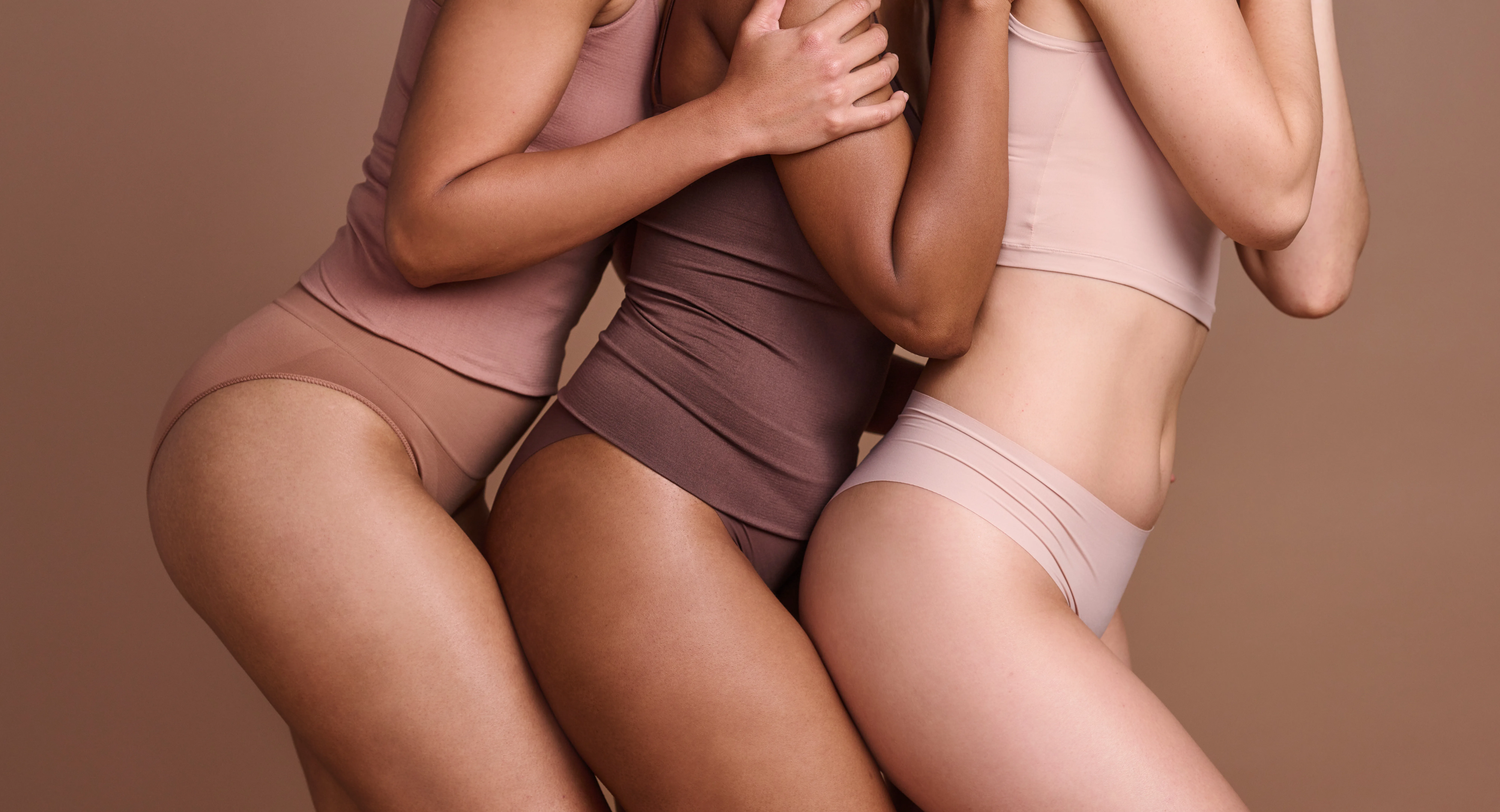
How to Minimize Tension on Incisions for Better Scars
When it comes to creating the most discreet, well-healed scars possible after plastic surgery, one of the most important principles is reducing tension on the incision. Tension causes skin edges to pull apart as they heal, which can result in widened, raised, or more noticeable scarring.
Dr. Victoria Aimé, a plastic surgeon in Scottsdale, AZ, incorporates three specialized techniques during surgery to help minimize this tension and encourage flat, refined scars:
1. Deep, Long-Lasting Sutures
The first technique Dr. Aimé uses is placing long-lasting sutures deep within the incision. These sutures hold the internal tissue layers together—particularly the strength layer known as fascia—which helps take pressure off the superficial skin edges. With the deeper tissue layers supported, the skin is under less stress and can heal into a fine, flat line with minimal disruption.
2. Progressive Tension (Quilting) Sutures
Progressive tension sutures, often used in tummy tuck surgeries, help distribute tension evenly across the surgical site. These quilting sutures are placed between the skin and underlying muscle, anchoring the tissue before the final skin closure. By the time the skin incision is closed, there’s very little stress remaining on the skin edge. This not only improves scar quality but also often eliminates the need for surgical drains in tummy tucks.
3. Long-Lasting Dissolvable Staples
In addition to traditional sutures, Dr. Aimé uses long-lasting dissolvable “staples” made from suture material. These are designed to evert the skin edges—slightly turning them outward—so they come together in a natural, tension-free way during healing. The result is a smoother, flatter scar with better aesthetic outcomes.
Additional Considerations: Genetics & Post-Op Care
While surgical technique plays a crucial role in scar formation, some elements are outside a surgeon’s control. Factors like genetics (especially in patients prone to hypertrophic or keloid scarring), wound healing, and postoperative care all influence the final scar appearance. That’s why Dr. Aimé provides personalized guidance on incision care, follow-up visits, and when suture knots (often placed externally for ease of removal) should be clipped—usually around two weeks post-op.
In Summary
Creating beautiful, discreet scars is a priority in any body or breast procedure. Through precise surgical techniques—deep internal suturing, quilting stitches, and tension-minimizing closure methods—Dr. Aimé helps ensure your scars heal flatter, smoother, and more refined. While every patient’s healing journey is unique, expert planning and meticulous technique lay the foundation for an optimal result.
Our surgical and non-surgical treatment options
Ready to start your transformation?
Whether you’re just beginning to explore your options or have specific goals in mind, we’re here to guide you with expertise and compassion.

Read more articles
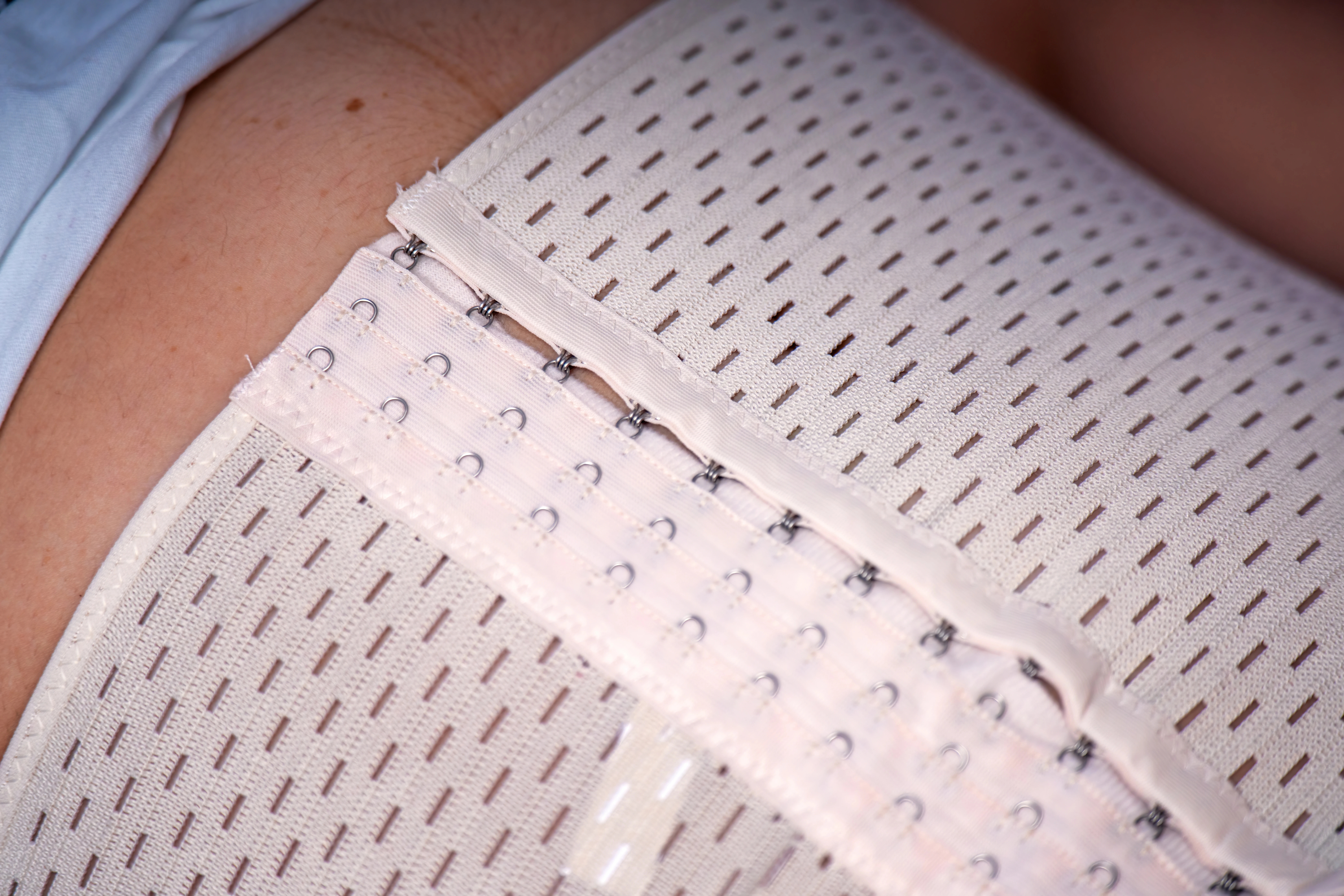
Do You Really Need to Wear a Post-Op Abdominal Binder or Compression Garment?
Wondering if you really need that post-op binder or compression garment? Learn what they actually do, the evidence behind them, how long to wear them, and how to choose one that fits your recovery needs and budget.
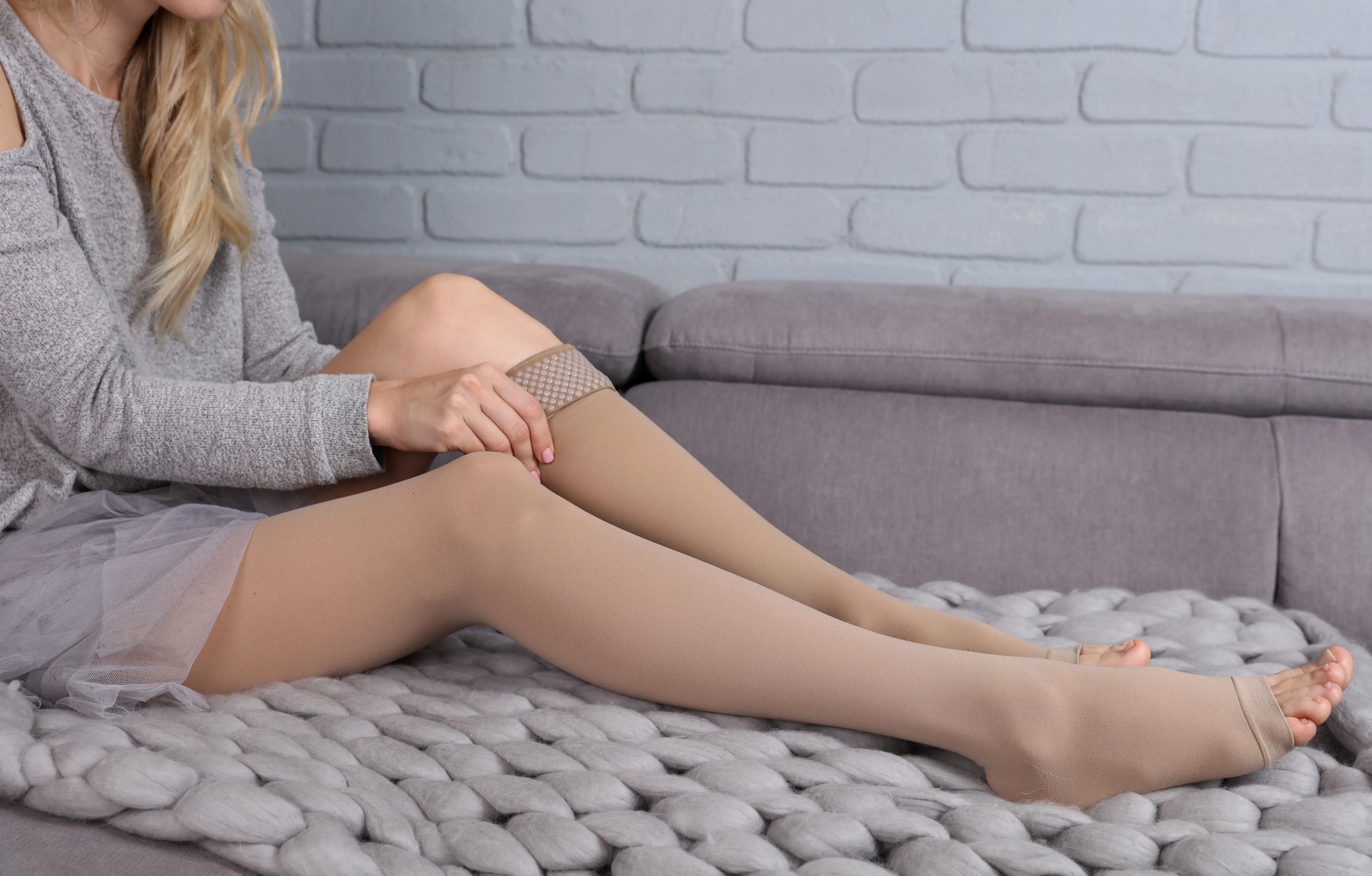
The 3 Most Important Parts of Recovery After Plastic Surgery
Learn the three most important parts of recovering safely after surgery: anesthesia safety, infection prevention, and bleeding or clotting management. Dr. Victoria Aimé explains what patients need to know before and after their procedure.
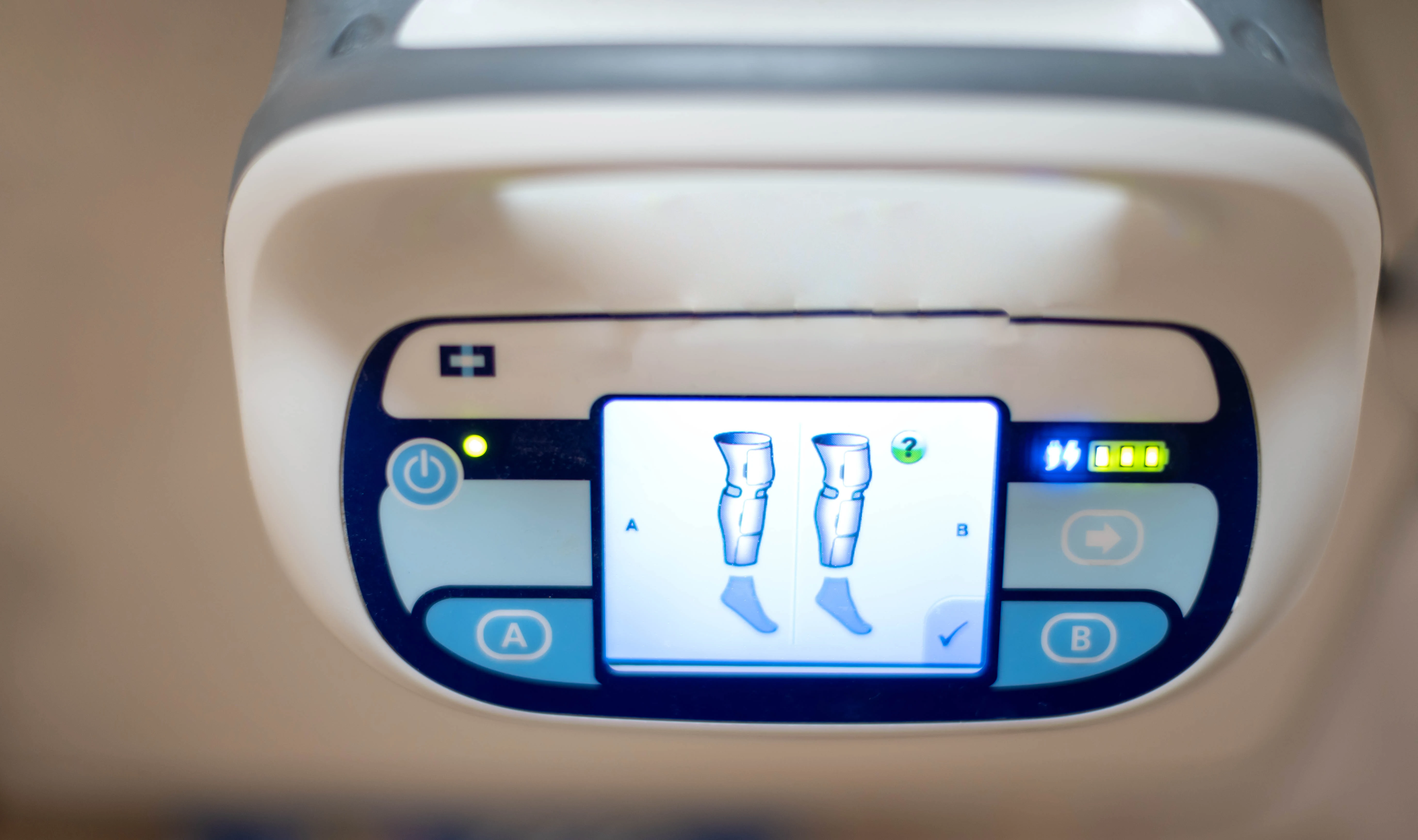
Why We Use SCDs for Blood Clot Prevention After Surgery
SCDs are a simple but powerful tool used during and after surgery to prevent blood clots. Learn how they work and why we send tummy tuck patients home with them.
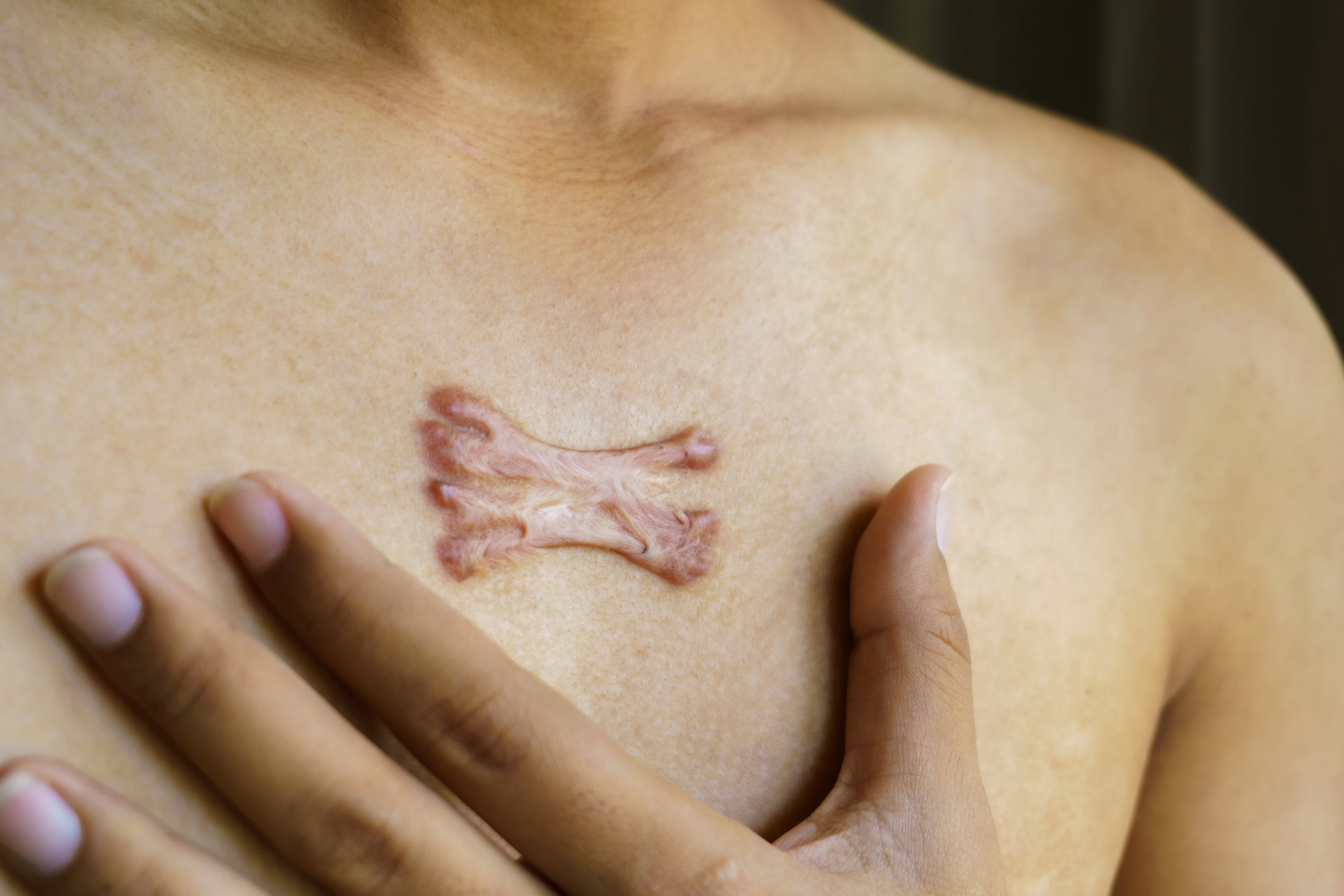
Hypertrophic vs. Keloid Scars: What’s the Difference and How to Prevent Them
Not all scars are the same. Learn the key differences between hypertrophic and keloid scars, what puts you at risk, and how to prevent and treat abnormal scar formation after surgery or injury.
